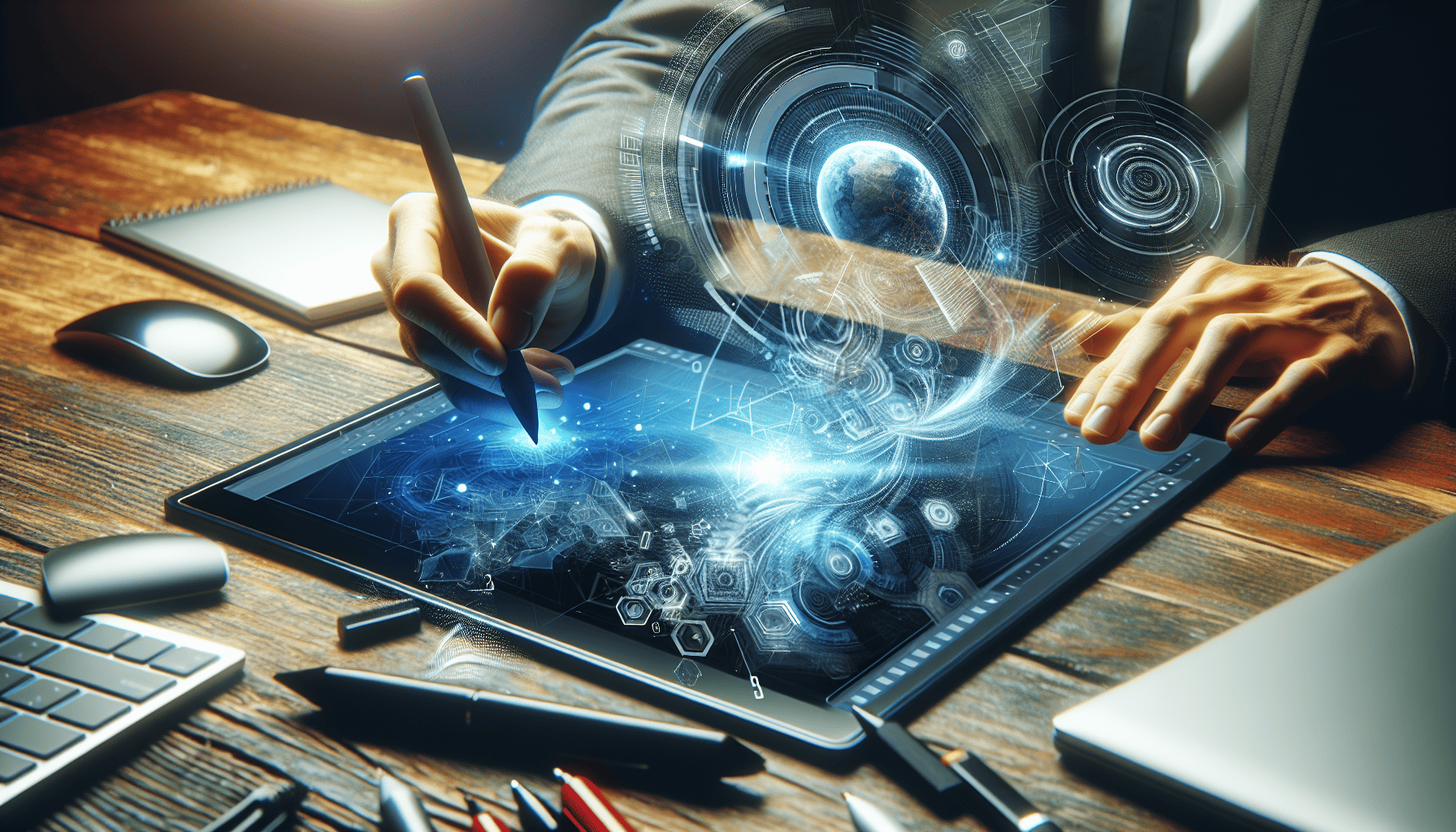In today's rapidly evolving digital landscape, the intersection of art and technology has become the crucible for groundbreaking advances in modern graphic design. This fusion of creative expression and digital tools has not only expanded the horizons for artists but also redefined the boundaries of what is possible in the visual arts.
At its core, graphic design has always been about communication—a language that utilizes imagery to convey messages and evoke emotions. In the past, the tools available to artists were largely analog, encompassing mediums such as paint, ink, and film. The transition to digital has revolutionized this field, offering a plethora of tools that allow unprecedented flexibility and precision. Software such as Adobe Creative Suite, CorelDRAW, and newer platforms like Procreate have become essential. These tools enable designers to experiment without the constraints of traditional media, allowing for quick iterations and the possibility to undo mistakes effortlessly.
However, the integration of technology into graphic design is not just about enhanced tools; it's about fundamentally altering the creative process itself. Artificial Intelligence (AI) is increasingly playing a pivotal role. Algorithms can now assist in generating design elements, suggest complementary color palettes, and even predict trends. AI's capacity to learn and adapt based on previous inputs provides designers with insightful suggestions, further bridging the gap between human creativity and machine precision.
Moreover, the digital realm offers platforms for global collaboration in unprecedented ways. The internet enables designers from different corners of the world to collaborate in real-time. Platforms like Behance and Dribbble serve not only as portfolios but also as spaces for feedback and creative exchange. This democratizes design, allowing a diverse range of voices to contribute and refine the visual culture continuously.
The marriage of technology and art in graphic design is also significantly influencing accessibility and inclusivity. Digital tools can create content that is not only aesthetically pleasing but also universally accessible. Techniques like responsive design ensure that content is adaptable across various devices and screen sizes, while the consideration of users with disabilities has encouraged innovations like alt text for images and screen reader compatibility.
While technology supports innovation and accessibility, designers must strike a balance to ensure art remains a central focus. The danger lies in relying too heavily on digital tools, potentially stifling creativity or making designs feel impersonal. The essence of a compelling design still relies heavily on the individual designer's unique vision and interpretation. Thus, educational institutions and organizations are increasingly emphasizing the development of foundational artistic skills alongside technological proficiency.
Importantly, the intersection of art and technology in graphic design poses questions about the future. As tools become more sophisticated, they foster debates about the authenticity of art generated through digital means and AI. Can a machine's output be considered true art, or does authentic art require a human soul? These philosophical inquiries challenge our traditional understanding of art and ensure that as technology evolves, so too does our discourse surrounding creativity and authenticity.
In conclusion, the intersection of art and technology in modern graphic design is not merely a merger of mediums but an evolution of the discipline. As designers navigate this new terrain, the challenge lies in leveraging technological advancements to enhance, rather than overshadow, creative expression. With thoughtful integration, the balance between art and technology can lead to innovative designs that resonate with audiences and reflect the intricate tapestry of contemporary culture.
